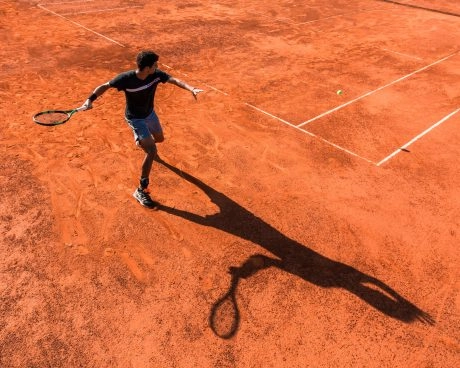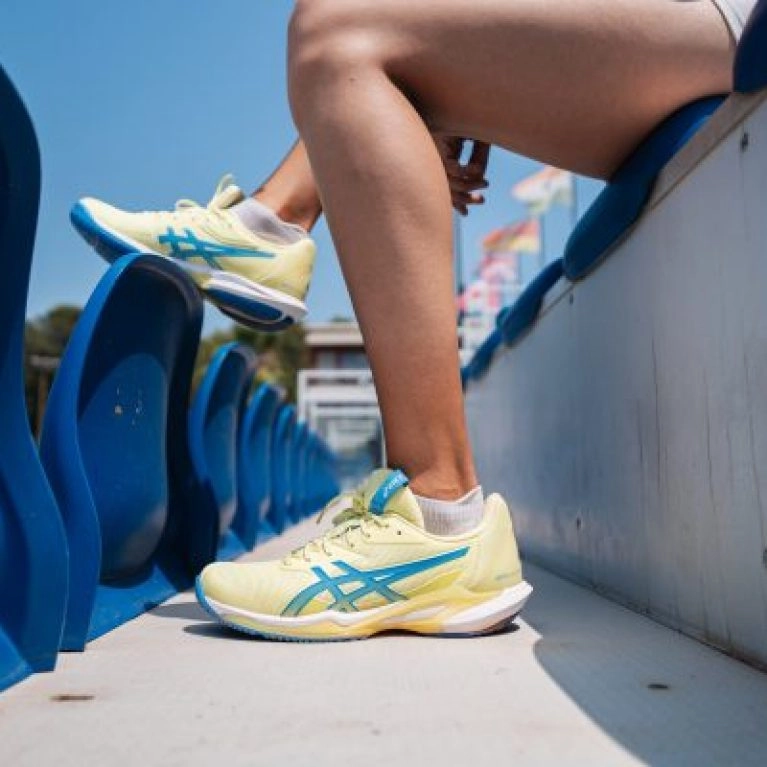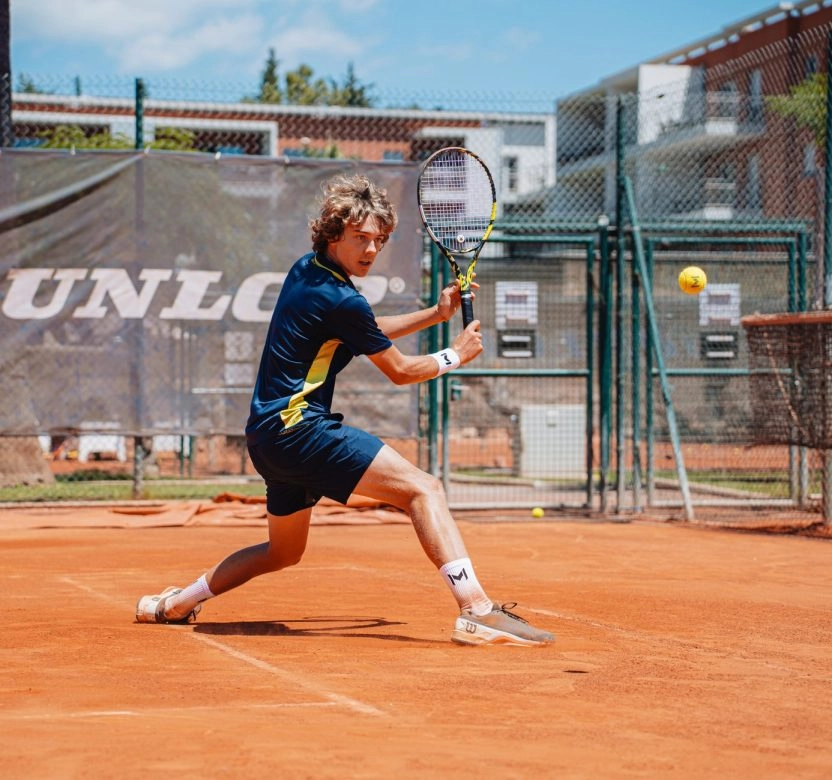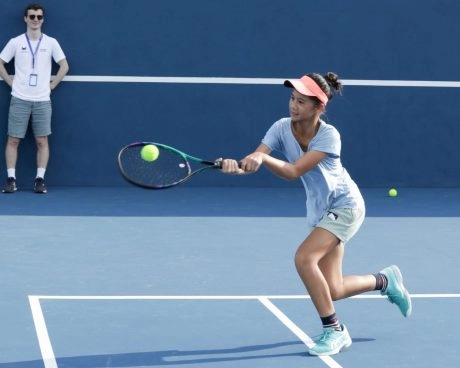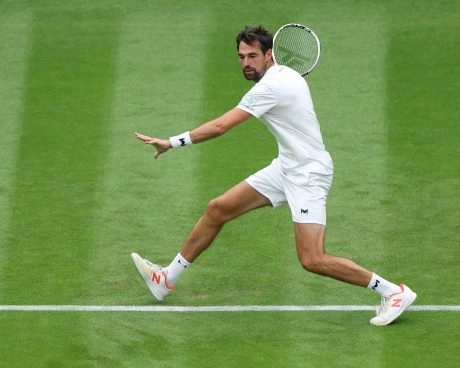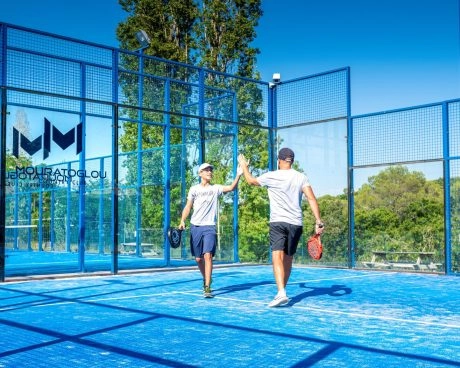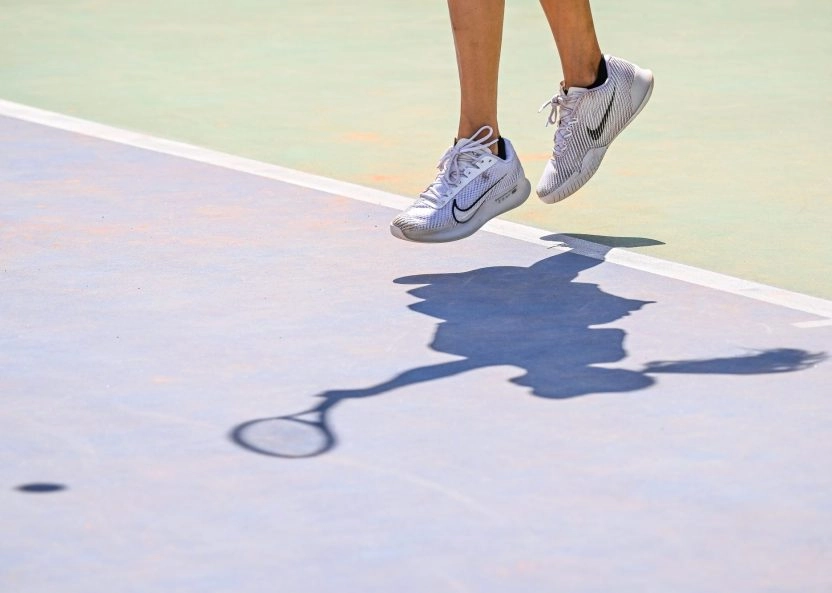The lifespan of a pair of shoes varies according to a number of criteria, such as the frequency of matches, the type of surface and the intensity of your game. Here are some signs that it’s time to change your shoes:
- Outsole wear: When the outsole is too worn, you lose stability and grip on the court. If you notice that the sole is becoming slick, it’s time to change.
- Loss of cushioning : If you start to feel more shock in your joints, thecushioning in your shoes is worn.
- Visible deformations: Visible cracks or creases in your shoes indicate that they are no longer supporting your feet properly.
On average, a pair of tennis shoes should be replaced every 6 to 12 months for regular players, or as soon as you notice a reduction in comfort and stability.
